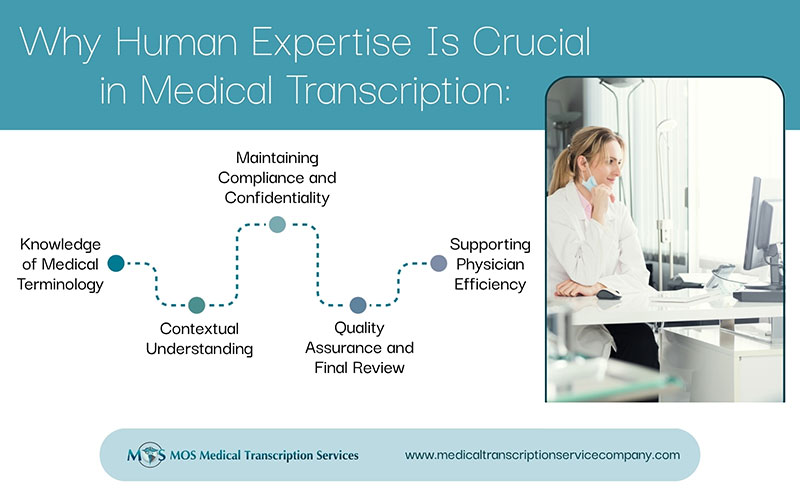 May is National Medical Transcriptionist month in the US! The nation celebrates its 29th Medical Transcriptionist Week 2014 starting from 18th – 24th May, 2014. This special event is celebrated by the medical transcription as well as the medical billing and coding industry to acknowledge the significant contribution made by these healthcare documentation specialists.
May is National Medical Transcriptionist month in the US! The nation celebrates its 29th Medical Transcriptionist Week 2014 starting from 18th – 24th May, 2014. This special event is celebrated by the medical transcription as well as the medical billing and coding industry to acknowledge the significant contribution made by these healthcare documentation specialists.
Today, there are many stakeholders in the healthcare system that makes quality care possible. Physicians are supported by medical coders, medical billers, medical transcriptionists, health insurance providers and health care IT experts. Each of these stakeholders plays a vital role and the picture would be incomplete without any one of them.
Medical transcription services play an integral role in ensuring precise and timely health care documentation. By transforming physician dictation into accurate documents, the transcriptionist helps in the coordination of patient care and clinical decision-making process. Proper documentation also helps healthcare facilities ensure compliance and reduce the incidence of errors in the delivery of health care services.
The history of national medical transcriptionist week in the US goes way back to the year 1985 when President Ronald Regan passed the Joint Resolution 332 in the Senate and House of Representatives of the United States of America to recognize the value and the significance of the medical transcriptionist. The resolution was born from the need for proper and legible documentation as patients needed to consult multiple physicians, change physicians, or be referred to a specialty physician. Here is an excerpt from President Ronald Reagan’s letter of support for National Medical Transcriptionist Week in 1985:
“It is appropriate for our Nation to recognize the contributions of medical transcriptionists. We should encourage hospitals, allied health education programs, and community colleges to provide appropriate courses of instruction recognizing the high standards that must be met by medical transcriptionists and the vital function they perform”.
Over the years, the US healthcare industry has continued to evolve with the introduction of healthcare IT, Electronic Medical Records (EMR), Electronic Health Records (EHR) and Electronic Data Interchange (EDI). All these systems have strengthened the role of medical transcription in the US healthcare system.
Even transcriptionists have moved on from offering just conventional transcription services. The development of new tools and techniques like speech recognition technology (SRT) has opened up new avenues and transcriptionists now specialize in the editing of text documents created by physicians on speech recognition platforms.
With the introduction of digital dictation systems, websites and other sophisticated software systems linked to EHR systems, documentation is instantly available in the patient record. Also, the technology innovations have made the medical transcription workforce more independent with better computer skills and expertise in research, which allows them to provide quality services in even quicker turnaround times.
Medical transcription has evolved as one of the fastest growing sectors in the health care domain and has become increasingly competitive. According to a market report published by Transparency Market Research, the value of the global medical transcription services market was USD 41.4 million in 2012 and is expected to hit USD 60.6 million in 2019, with a projected growth rate is a CAGR of 5.6%. This growth is being fuelled by factors such Electronic Health Records (EHR) adoption, government support for infrastructure, and focus on providing top quality, accurate and quick access to health care.
Join us in celebrating National Medical Transcriptionist Week!


